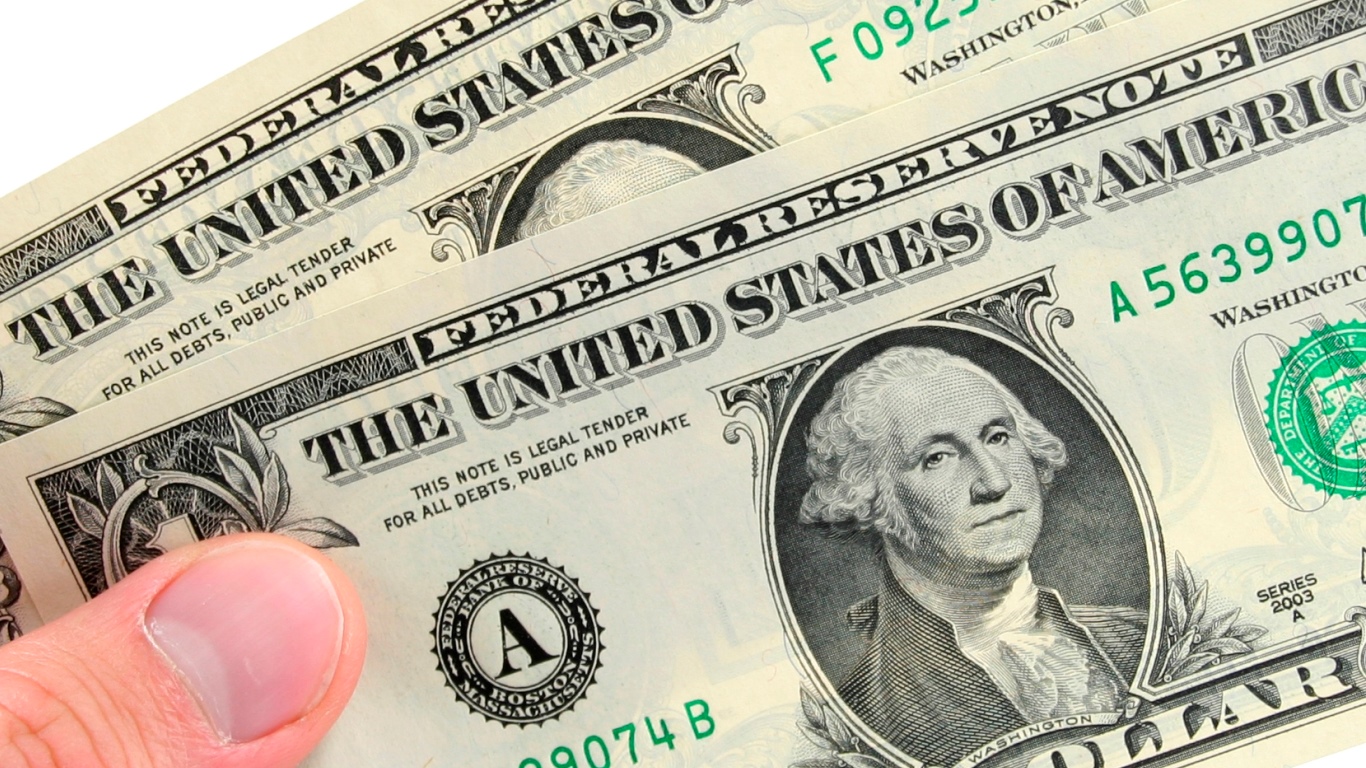Energy
Gas Prices Drop Below $2 in 9 States, Boost to Consumers

Published:
Last Updated:

The breathtaking plunge in oil prices has made its way to the gas pump, and in nine states, the cost per gallon has dropped below $2. At the current pace of falling prices, the list will grow in the next several weeks. Gasoline is a large enough part of consumer costs for millions of people that the trend will continue to unleash consumer spending through the end of the year.
The price of an average gallon of regular gas has dropped to $1.93 in Missouri, $1.94 in Oklahoma, $1.97 in Louisiana and Texas, and $1.98 in Arkansas, South Carolina and Mississippi. It is down to $1.99 in Alabama and Kansas. Prices were 20 to 30 cents higher in most of these states midyear. Drivers in the states with the lowest prices generally are helped by two factors. First, they are close to refineries, particularly those on the Gulf of Mexico. And, with a few exceptions, low-priced gas states have low gas taxes. The average tax per gallon in the United States is $0.524. In Louisiana, Oklahoma, Texas and Mississippi, it is below $0.40, according to the American Petroleum Institute.
Crude costs are the primary components of gas prices. Oil traded at $52 a barrel only a week ago. It has fallen to just above $45. The trend is even more pronounced over several weeks. Oil traded at over $75 in early October. The geography of oil production has changed significantly in the past several years. The United States is no longer a net oil importer. Exploration of shale-rich areas in the upper mountain states of North Dakota and South Dakota have yielded tremendous new sources of crude. The most significant long-term sources, like the Gulf of Mexico, continue to push out oil at near record levels, aided by technology that helps drive up the yield from older wells.
Disarray among OPEC nations about oil production levels also have moved prices lower. The governments no longer make production decisions in lockstep. Longtime member Qatar recently left the organization. The interests of Saudi Arabia have become less clear due to political intrigue started by the murder of journalist Jamal Khashoggi. Mexico’s new government has promised it will boost the nation’s output. Taken together, these are reasons supplies will continue at or near record highs.
On the other hand, consumption of crude is forecast to drop, at least by economists and oil analysts who see a 2019 economic slowdown. China is the world’s largest importer of oil. Trade friction with the United States easily could undermine a GDP growth rate that has been close to 7% for years. Concerns are growing that a slowdown could hit the United States in 2019. Crude demand could drop through much of next year.
Consumer spending is two-thirds of gross domestic product in America. In middle and lower income households, much of this goes to housing, clothing and transportation costs. Lower gas prices free up income, particularly in households with some that has long commutes or constant driving. Fourth-quarter GDP, under some pressure from the falling stock market, could be bolstered by unexpected income as gas prices fall.
Nine states have gas prices below $2. As the list grows, more and more Americans will have money, which would have gone into their gas tanks, to spend.
Start by taking a quick retirement quiz from SmartAsset that will match you with up to 3 financial advisors that serve your area and beyond in 5 minutes, or less.
Each advisor has been vetted by SmartAsset and is held to a fiduciary standard to act in your best interests.
Here’s how it works:
1. Answer SmartAsset advisor match quiz
2. Review your pre-screened matches at your leisure. Check out the advisors’ profiles.
3. Speak with advisors at no cost to you. Have an introductory call on the phone or introduction in person and choose whom to work with in the future
Get started right here.
Thank you for reading! Have some feedback for us?
Contact the 24/7 Wall St. editorial team.